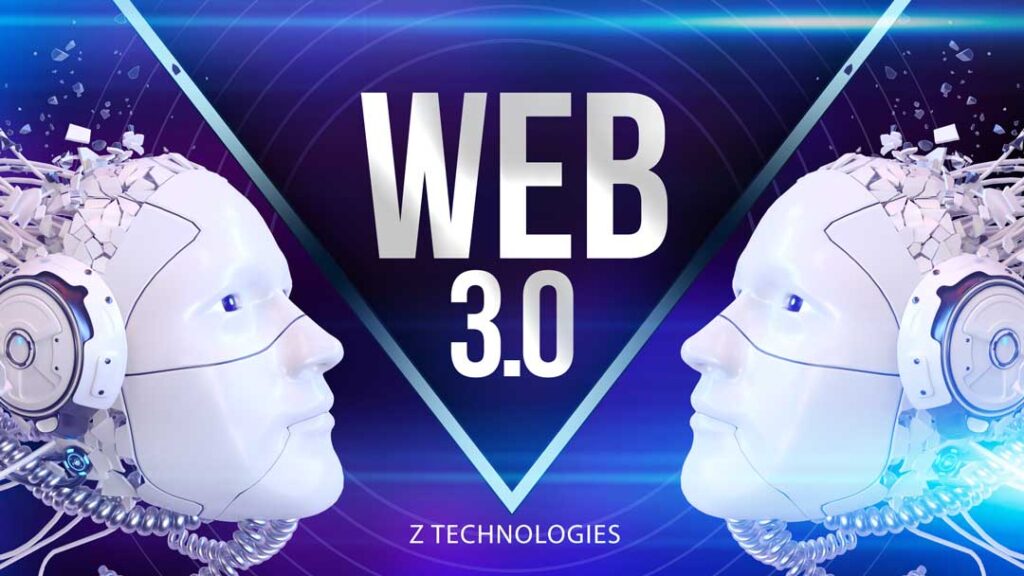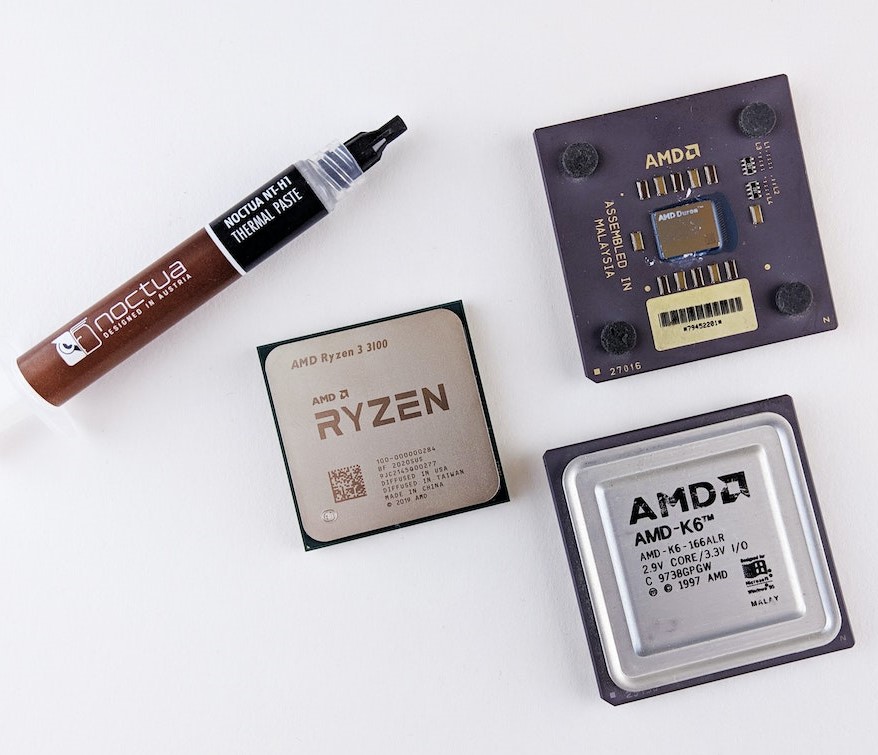Understanding Laptop BIOS and How to Install or Update It
The term “BIOS” is often used in computers. Many users may still need to fully grasp its significance. A BIOS, a Basic Input/Output System, is a fundamental laptop or desktop computer component. It plays a very important part in maintaining your safety and ensuring the computer operates smoothly and securely. This article will delve into a BIOS, its importance, and how to install or update it on your laptop.
What is Laptop BIOS?
The BIOS is firmware that resides on a chip on your computer’s motherboard. Its primary function is to initialize and control hardware components during the boot process, which is the period from the moment you power on your computer until the operating system (like Windows or Linux) takes over. Essentially, BIOS serves as a bridge between the hardware and software of your laptop.
Here are some critical functions of BIOS:
1. POST (Power-On Self-Test):
· BIOS tests essential hardware components, such as the CPU, RAM, hard drive, and peripherals, to ensure they function correctly.
· It detects and reports any hardware issues, often with beep codes or error messages on the screen.
2. Boot Device Selection:
· BIOS determines which device the computer should boot from. Standard options include the internal hard drive, external USB drives, CD/DVD drives, or network boot servers.
· Within the BIOS, you will find the option to configure the boot order. Settings to prioritize one device over another.
3. CMOS Setup Utility:
· BIOS provides access to the CMOS setup utility, where you can configure various hardware settings and parameters.
· You can set the system clock, enable or disable hardware components, and customize other system settings here.
4. Security:
· BIOS can implement security features like password protection and TPM (Trusted Platform Module) to enhance system security.
· It can also support secure boot to prevent unauthorized software from running during startup.
Why Update or Install BIOS?
Like any software, BIOS can have bugs, compatibility issues, or security vulnerabilities. Manufacturers release BIOS updates to address these problems and improve system stability. Here are some reasons to consider updating your laptop’s BIOS:
1. Improved Hardware Support:
· BIOS updates can add support for new hardware components, such as CPUs, RAM modules, or storage devices.
2. Bug Fixes:
· Manufacturers release updates to fix known issues, including system crashes, hardware malfunctions, or compatibility problems.
3. Security Enhancements:
· BIOS updates can patch security vulnerabilities that hackers may potentially abuse a system to obtain unauthorized access to sensitive information. Your system system.
4. Performance Optimization:
· Some BIOS updates can optimize system performance by improving hardware communication and resource allocation.
How to Install or Update Laptop BIOS
Before you update your laptop’s BIOS, it’s crucial to note that this process should be undertaken with caution. Incorrectly flashing your BIOS can render your laptop unusable. Here’s a step-by-step guide to help you through the process:
1. Identify Your Laptop Model:
· Visit the manufacturer’s website and locate the support or downloads section.
· Identify your laptop’s specific model and acquire the most recent version available for download. BIOS update file. Make sure it’s compatible with your specific laptop model and operating system.
2. Backup Important Data:
· Before updating BIOS, it’s wise to back up your important data to prevent data loss if something goes wrong.
3. Plug in Your Laptop:
· Ensure your laptop is connected to a stable power source or fully charged to prevent interruptions during the update.
4. Update BIOS from Within BIOS (Recommended):
· Some laptops offer a built-in utility for updating BIOS from within the BIOS itself. You can access this utility by pressing a specific key (e.g., F2 or Del) during the boot-up process.
· Please follow the on-screen directions to choose the Basic Input/Output System (BIOS). Update the file you downloaded and complete the installation.
5. Use Manufacturer’s BIOS Update Utility:
· If your laptop doesn’t support updating BIOS from within the BIOS, manufacturers often provide a separate utility.
· Run the utility and select the BIOS update file you downloaded.
6. Follow On-Screen Instructions:
· Regardless of your chosen method, follow the on-screen instructions carefully to install the BIOS update.
· Do not turn off your laptop or interrupt the process until it is complete.
7. Verify BIOS Version:
· After the update, restart your laptop and enter the BIOS settings to verify that the new version has been installed successfully. In conclusion, the BIOS is a vital component of your laptop, responsible for initializing hardware and ensuring your system boots up correctly. Keeping your laptop’s BIOS up-to-date is essential for maintaining system security and performance. However, it’s crucial to approach BIOS updates cautiously, following the manufacturer’s instructions meticulously to avoid potential pitfalls. Updating your laptop’s BIOS can ensure a smoother and more secure computing experience.



